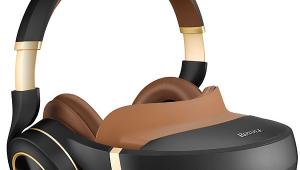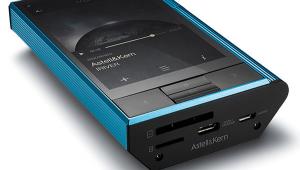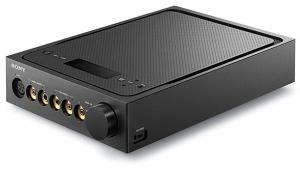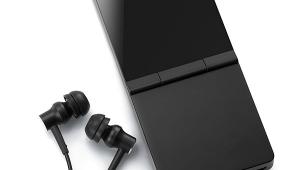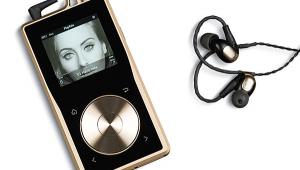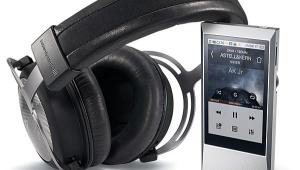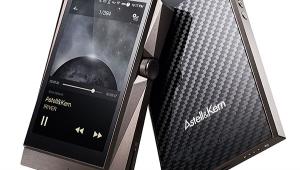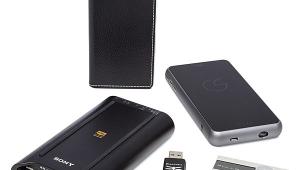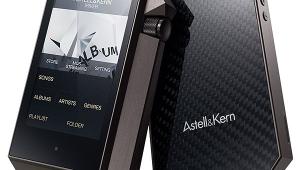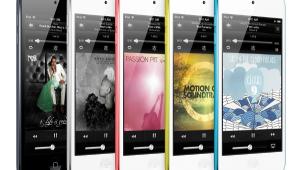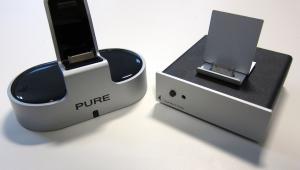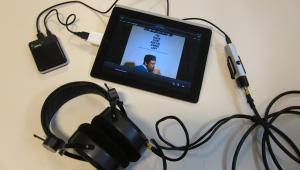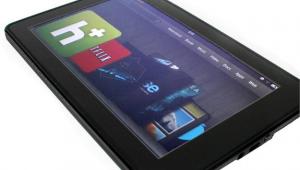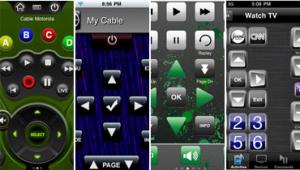The Pono Session
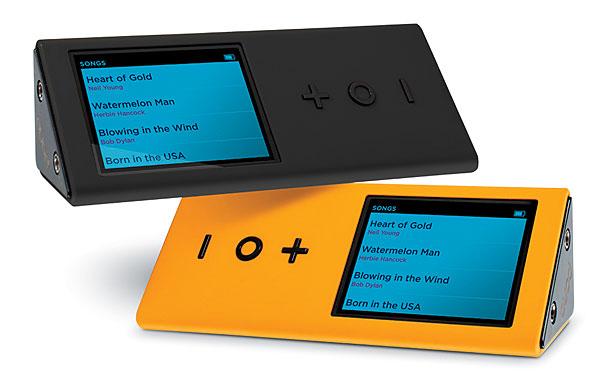
Neil Young’s “Heart of Gold” (192/24) was an instant revelation. Kenny Buttrey’s snare drum, never more than a supportive element in the mix of this iconic song, was as taut and present as if I had been sitting in with Young and his Stray Gators band at Quadrafonic Studios in Nashville when they cut this track for Harvest on February 8, 1971. Ben Keith’s pedal-steel lines and Neil’s own harmonica and acoustic guitar all displayed clearly distinct character; nothing sounded dulled, muddled, or compressed. And Linda Ronstadt’s upward-reaching harmony, as she extends the syllable in “gold” four times at the song’s climax, became an even sweeter payoff. I’ve listened to “Heart of Gold” countless times on LP, CD, DVD-Audio, and Blu-ray, but I’ve never heard it as clear and true as I did with Pono.
The Doobie Brothers’ “South City Midnight Lady” (192/24), a pivotal track from their 1973 album The Captain and Me, was a benchmark example of true channel separation, especially during the bridge with the chimes in the left and Tiran Porter’s walking bass line in the right, leading to Jeff “Skunk” Baxter’s soulful pedal-steel guitar lines wafting around Tom Johnston’s guitar leads. When vocalist Patrick Simmons returns to sing the final chorus, I deeply and directly connected with the heartfelt conviction, longing, and ultimate uplift he conveyed.
Speaking of conviction, perhaps no modern vocalist sings with more of it than Adele, who puts everything she has into “Skyfall” (96/24), the title theme to the most recent James Bond film of the Daniel Craig era (2012). Every inflection is laid bare: how she enunciates “crumbles” as “crum-bawls” during the first chorus (and then alters it slightly each time she sings the word throughout the song) and the quick but deep, breathy gulps she takes before belting out lines beginning with “I” and “When.” I always felt her vocal was a bit overwhelmed by the ever-heightening dramatic string arrangement on the standard disc and download versions, but Adele is much more out front as a pure, shining siren on Pono. Absolute chills.
I also marveled at the distinctive character of Mick Jagger and Keith Richards’ blended vocals on the choruses to The Rolling Stones’ “Wild Horses” (176.4/24) and the brisk attack of Joe Morello’s emphatic drum solo counterpatterns in The Dave Brubeck Quartet’s “Take Five” (176.4/24).
During this session, I recalled what Neil Young told me about how he felt seeing people’s reactions during and after listening to Pono. “It’s gratifying, because people do hear ‘it’ as soon as they hear it,” he said. “People can’t believe there’s anything better than what they’ve already heard.” Neil (and everyone), this note’s for you: I heard “it.” Man, did I ever hear it. If Pono continues to deliver top-drawer golden-ear experiences like the one I just had, then the future of high-resolution downloads will reap a harvest of the highest SQ order.
Company/Product Info
PonoMusic
PonoPlayer in yellow or black, $399 (available for pre-order; delivery Q1, Jan-Mar 2015 per PonoMusic)
PonoMusic
Read "High Resolution Harvest," the story behind Neil Young's PonoMusic here.
